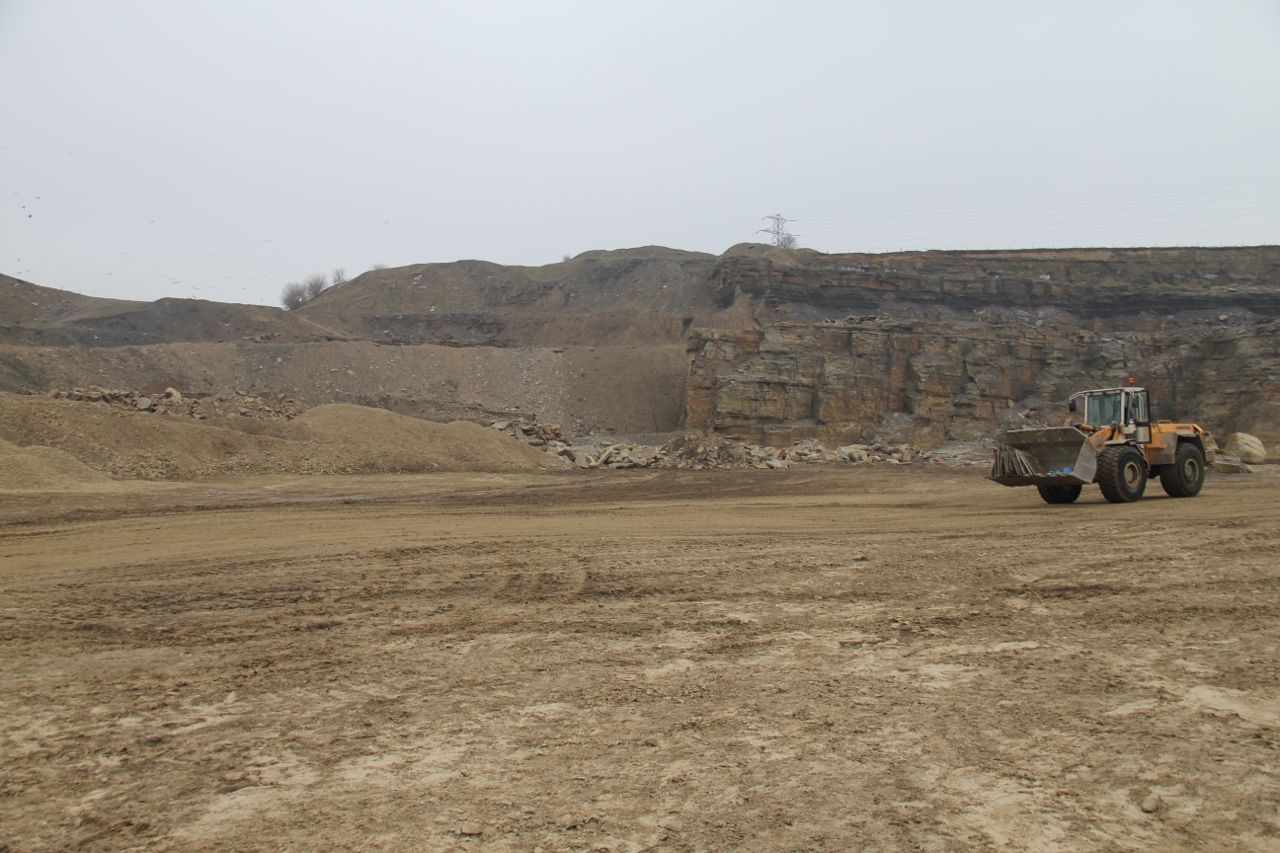The Chelsea Diaries: In search of paving
- March 15, 2013
- Posted by: Thomas Platts
- Category: The Chelsea Flower Show

Three or four days of spring sunshine really made a difference this week and the perennials have burst into life, only to receive a nasty shock as the temperature plummets again. As soon as March arrives it becomes a rollercoaster ride struggling to cope with changing conditions in the knowledge that there are less than 10 weeks to go.
I made my trip to Yorkshire this week to source the paving stone. One of the pleasures of creating a garden for Chelsea is that it involves getting out and about and meeting new people in different industries.
I have purchased paving materials from a Yorkshire quarry over the years and normally receive samples and photographs before choosing a suitable grade for the job. However this time I wanted to visit the source and see how it is made. I have chosen sawn paving for a smooth yet not slippery finish in four different sizes. The bases for the oak posts of the summerhouse will also be made in the same material.
This particular quarry is situated right on the edge of Bradford. Indeed, as I stood surveying the scene – piles of massive rocks littered within a vast hole in the ground and gigantic machines busily moving loose spoil and tipping in enormous piles – I looked up to see houses built above on three sides of this colossal excavation. In the centre of all this are located buildings housing the saws which cut the boulders into slabs first vertically then horizontally to create perfectly formed paving slabs of buff and grey Yorkshire stone.
It struck me how labour intensive this industry still is, using methods that have been used for hundreds of years to extract and select the stone for a wide range of uses. Modern machinery obviously speeds up the process of extracting the stone and moving it around but the selection and splitting of the riven paving is almost entirely done by hand – sometimes in arctic conditions in winter and desert conditions in summer.
Perched on the edge of a chasm in the centre of this scene is the rusting hulk of a steam crane, which must have been anchored to the same spot a hundred years ago. Now a museum piece, it would have been a state of the art bit of kit when new. As someone with an interest bordering on being an ‘anorak’ I am told where old machinery is concerned, I was drawn to look more closely. The steam boiler was rusted badly and it had been converted with an electric motor at some time in its working life, probably around 50 years ago. Working it must have been a health and safety nightmare and taken a fearless operator to control it with doubtless even braver people working below.
In a second quarry is a vast pile of sand, thousands of tons of it, ranging from 8mm to 40mm particles, which is used as ballast in building. I decided this may be ideal for a rustic path through the kissing gate and made enquiries. ‘How much do you want’ said a man on a machine with a 3 ton bucket on the front. ‘Could you spare three bags for me to take away in my car please’ I replied. He looked disappointed.
After some good Yorkshire hospitality I made my choice for the paving. The stone is just what I require so a good few tons of it will be heading for Chelsea in a few weeks time. This is one of the few items that will be delivered directly to the Show, avoiding double handling. Another item ticked off my list.
For more information about the sponsors of the garden visit www.mandgchelsea.co.uk
